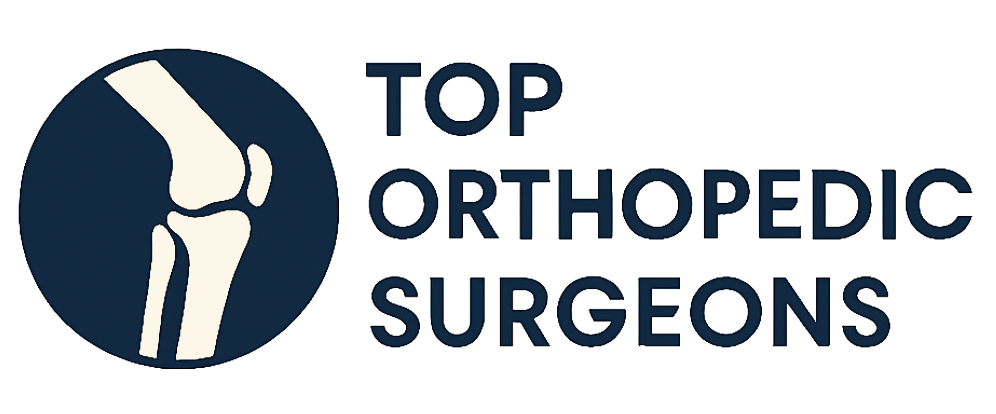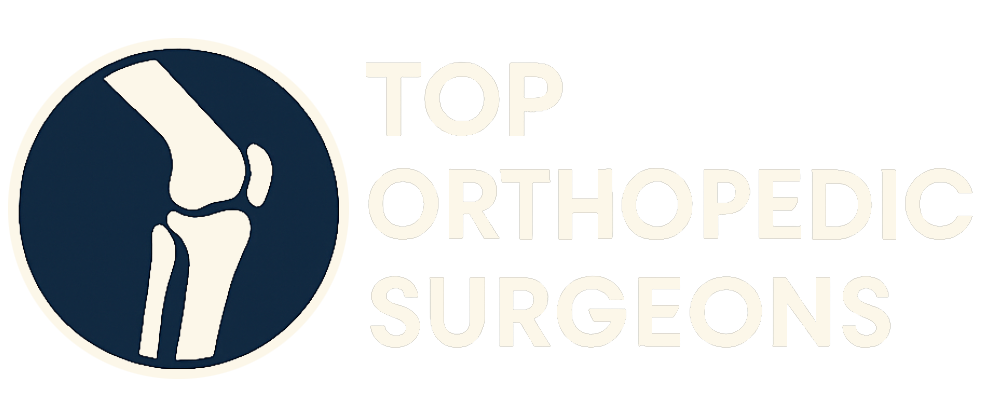
Dealing with orthopedic pain can significantly impact your quality of life, making everyday activities challenging. While surgery is sometimes necessary, many effective non-surgical options can provide relief and improve function. Understanding these alternatives empowers you to make informed decisions about your care in consultation with an orthopedic specialist.
Understanding Orthopedic Pain
Orthopedic pain stems from various conditions affecting the musculoskeletal system, including bones, joints, ligaments, tendons, and muscles. Common causes include:
- Arthritis: Inflammation of the joints, leading to pain, stiffness, and reduced range of motion.
- Osteoarthritis: A degenerative joint disease where the cartilage breaks down over time.
- Bursitis: Inflammation of the bursae, fluid-filled sacs that cushion joints.
- Tendonitis: Inflammation of a tendon, often caused by overuse.
- Sprains and Strains: Injuries to ligaments (sprains) or muscles and tendons (strains) due to sudden twists or pulls.
- Fractures: Breaks in bones, ranging from hairline fractures to complete breaks.
The severity and location of pain can vary widely depending on the underlying condition. Consulting with an orthopedic doctor is crucial for accurate diagnosis and the development of an appropriate treatment plan.
Lifestyle Modifications for Pain Management
Simple lifestyle changes can often make a significant difference in managing orthopedic pain. These modifications focus on reducing stress on the affected area and promoting overall health:
- Weight Management: Excess weight puts extra stress on weight-bearing joints like the knees and hips. Losing even a small amount of weight can alleviate pain and improve function.
- Proper Posture: Maintaining good posture while sitting, standing, and walking can help reduce strain on the spine and other joints.
- Ergonomics: Adjusting your workspace to ensure proper ergonomics can prevent and alleviate pain caused by repetitive motions or awkward positions.
- Rest and Activity Modification: Balancing rest with appropriate activity is essential. Avoid activities that aggravate your pain, but don’t become completely inactive.
Physical Therapy: A Cornerstone of Non-Surgical Treatment
Physical therapy plays a vital role in managing orthopedic pain. A physical therapist can design a personalized exercise program to:
- Strengthen Muscles: Strengthening the muscles surrounding the affected joint provides support and stability, reducing pain and improving function.
- Improve Range of Motion: Stretching and mobility exercises can help restore range of motion in stiff joints.
- Reduce Pain and Inflammation: Physical therapy techniques like manual therapy, ultrasound, and electrical stimulation can help reduce pain and inflammation.
- Improve Balance and Coordination: Balance and coordination exercises are particularly important for preventing falls and injuries.
Your physical therapist will also educate you on proper body mechanics and strategies for managing your pain at home.
Medications for Pain Relief
Several medications can help manage orthopedic pain, ranging from over-the-counter options to prescription drugs. It’s important to discuss the potential benefits and risks of each medication with your doctor.
- Over-the-Counter Pain Relievers: Medications like acetaminophen (Tylenol) and nonsteroidal anti-inflammatory drugs (NSAIDs) such as ibuprofen (Advil, Motrin) and naproxen (Aleve) can help relieve mild to moderate pain.
- Prescription Pain Relievers: For more severe pain, your doctor may prescribe stronger pain relievers, such as opioids. However, these medications have a high risk of addiction and should be used with caution and under close medical supervision.
- Corticosteroids: These medications can reduce inflammation and pain. They can be taken orally or injected directly into the affected joint.
- Topical Pain Relievers: Creams, gels, and patches containing medications like menthol, capsaicin, or lidocaine can provide localized pain relief.
Injections for Targeted Pain Relief
Injections can provide targeted pain relief by delivering medication directly to the affected area.
- Corticosteroid Injections: These injections can reduce inflammation and pain in joints, bursae, and tendons.
- Hyaluronic Acid Injections (Viscosupplementation): These injections lubricate the joint and reduce pain, particularly in osteoarthritis of the knee.
- Platelet-Rich Plasma (PRP) Injections: PRP injections use your own blood platelets to stimulate healing and reduce pain.
The effectiveness and duration of pain relief from injections can vary depending on the individual and the condition being treated.
Assistive Devices and Bracing
Assistive devices and bracing can provide support, stability, and pain relief.
- Braces: Braces can provide support and stability to injured or weakened joints. Different types of braces are available for various body parts, including knees, ankles, wrists, and backs.
- Canes and Walkers: Canes and walkers can help reduce weight-bearing on painful joints, improving balance and mobility.
- Shoe Inserts (Orthotics): Custom or over-the-counter shoe inserts can provide support and cushioning, alleviating pain in the feet, ankles, and knees.
Alternative Therapies for Pain Management
Many people find relief from orthopedic pain through alternative therapies.
- Acupuncture: This traditional Chinese medicine technique involves inserting thin needles into specific points on the body to relieve pain and promote healing.
- Massage Therapy: Massage can help relieve muscle tension, improve circulation, and reduce pain.
- Chiropractic Care: Chiropractors focus on the diagnosis and treatment of musculoskeletal disorders, primarily through spinal manipulation.
- Yoga and Tai Chi: These gentle exercises can improve flexibility, strength, balance, and pain management.
It’s important to discuss any alternative therapies with your doctor to ensure they are safe and appropriate for your condition.
The Importance of Early Intervention
Seeking early intervention for orthopedic pain can often prevent the condition from worsening and reduce the need for more invasive treatments like surgery. If you experience persistent pain, swelling, stiffness, or limited range of motion, consult with an orthopedic specialist for an evaluation.
Working with an Orthopedic Specialist
Choosing the right orthopedic specialist is essential for effective pain management. When selecting a doctor, consider their:
- Qualifications and Experience: Look for a board-certified orthopedic surgeon with experience in treating your specific condition.
- Treatment Philosophy: Find a doctor who emphasizes non-surgical options when appropriate and takes a patient-centered approach to care.
- Communication Skills: Choose a doctor who communicates clearly and answers your questions thoroughly.
Staying Active and Engaged
Living with orthopedic pain can be challenging, but it’s important to stay active and engaged in life. Find activities that you enjoy and that don’t aggravate your pain. Staying socially connected and maintaining a positive attitude can also help you cope with pain and improve your overall well-being.
Empowering Your Orthopedic Health Journey
Navigating orthopedic pain relief can feel overwhelming, but by understanding the various non-surgical options available and working closely with an orthopedic specialist, you can take control of your health and improve your quality of life. Remember that finding the right treatment plan may require some trial and error, but with persistence and a proactive approach, you can find effective ways to manage your pain and regain your function.


